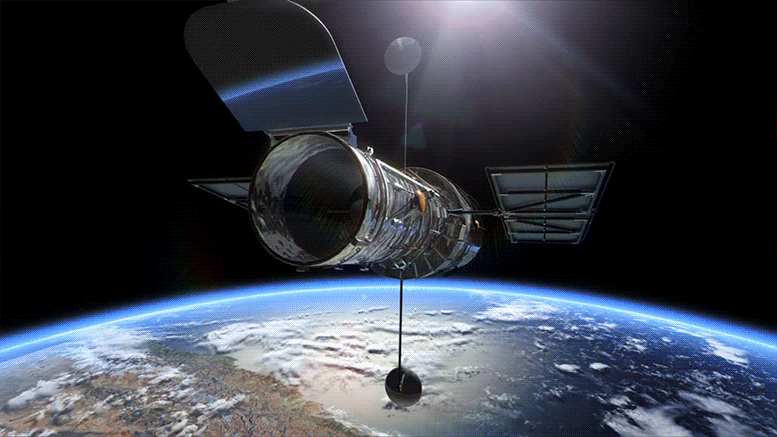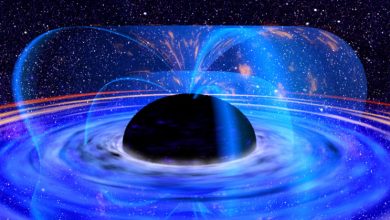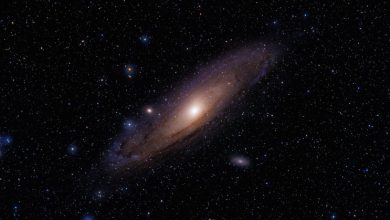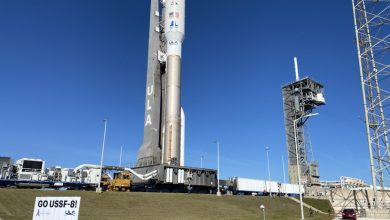Latest Articles
-
Mar- 2022 -8 MarchAstronomy

Hubble Space Telescope’s ACS Celebrates 20 Years of Ground-Breaking Discovery
Lead Image: Hubble’s Advanced Camera for Surveys Celebrates 20 Years of Discovery. Credit: NASA The ACS continues to deliver ground-breaking science. When astronauts installed the Advanced Camera for Surveys (ACS) on March 7, 2002, the Hubble Space Telescope was already famous for taking deep images of the distant universe. ACS went even deeper, pushing humanity’s view of the universe back to within 435 million years of the Big Bang and capturing images of the earliest objects in the cosmos. It also helps map the distribution of dark matter, searches for massive planets and studies the evolution of clusters of galaxies.…
Read More » -
8 MarchAstronomy

How Hawking radiation pokes holes in the largest black holes
Lead Image: Artist’s impression of a black hole accretion disk We’ve all heard how the gravity of a black hole is so powerful that not even light is able to escape it. This inevitably leads to the impression that the boundary of a black hole is the metaphorical one-way trip into the abyss, and that a black hole simply grows larger forever as it gobbles up more and more of the universe around it. Generally, this is true, but in an almost folktale-like way, one of the tiniest phenomena known to physics is thought to be capable of slowly but…
Read More » -
8 MarchFilm & Television

10 most influential robots from science fiction works
Are robots just robots? Or are they something more? Today, we’re building all kinds of drones and robots with the help of emerging technology trends. But technology has never been able to move as quickly as our imagination; even before we actually got to building tangible robots, we imagined what it would be like being around them. We first mentioned robots in written fiction all the way back in the mid-1800s before they reached the screen around the 1920s. While all sci-fi works have their charm, some of these robots have made their impact on the cultural scene of their…
Read More » -
7 MarchAstronomy

Andromeda Galaxy: Everything You Need To Know About Our Galactic Neighbor
The Andromeda Galaxy is the second most famous galaxy in astronomy, after our home galaxy, the Milky Way. It’s our galactic neighbor and among the easiest to see in the night sky, but for centuries, most astronomers had no idea what it was. Fortunately, we know a lot about the Andromeda Galaxy now, and it has become an object of endless fascination in both astronomy and popular culture. But how did we go about discovering it in the first place? How were we able to tell it was a galaxy like our own? Will we ever be able to visit…
Read More » -
7 MarchNASA

NOAA, NASA’s GOES-T Weather Satellite Launches on ULA Atlas V
United Launch Alliance (ULA) has launched the Geostationary Operational Environmental Satellite (GOES)-T advanced weather satellite for the US National Oceanic and Atmospheric Administration (NOAA). GOES-T launched on an Atlas V 541 from Space Launch Complex (SLC)-41 from Cape Canaveral Space Force Station (CCSFS). The launch took place on March 1, 2022, at 4:38 PM EST (21:38 UTC). GOES-T is the third satellite in the GOES-R satellite series, the 19th overall GOES satellite, and the second Atlas V launch of 2022. Following the launch, GOES-T will become GOES-18 and will be stationed in the GOES-West position, replacing GOES-17. Payload and rocket…
Read More »










